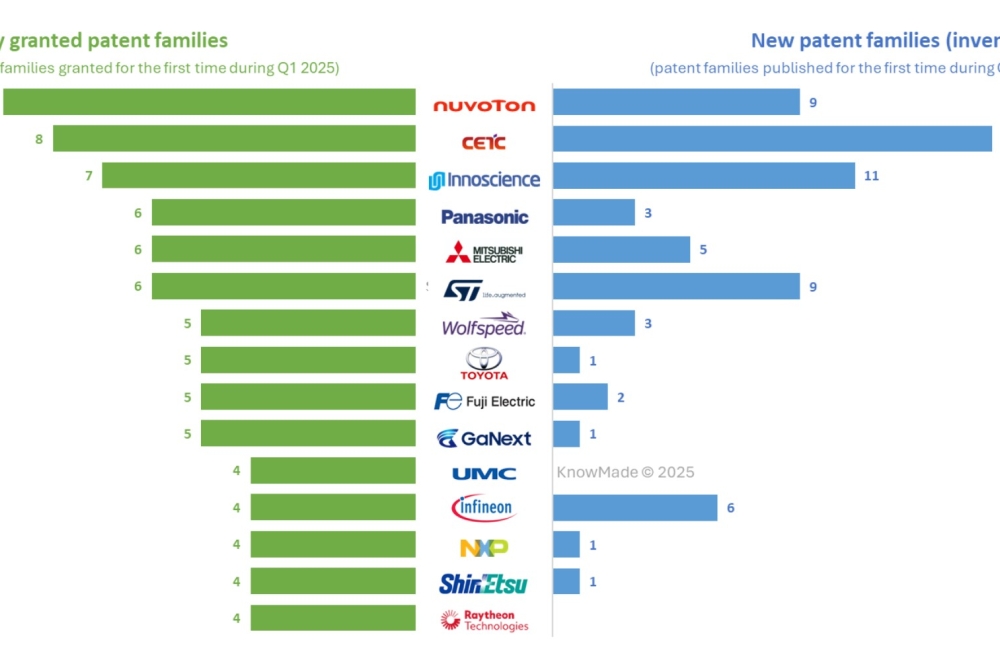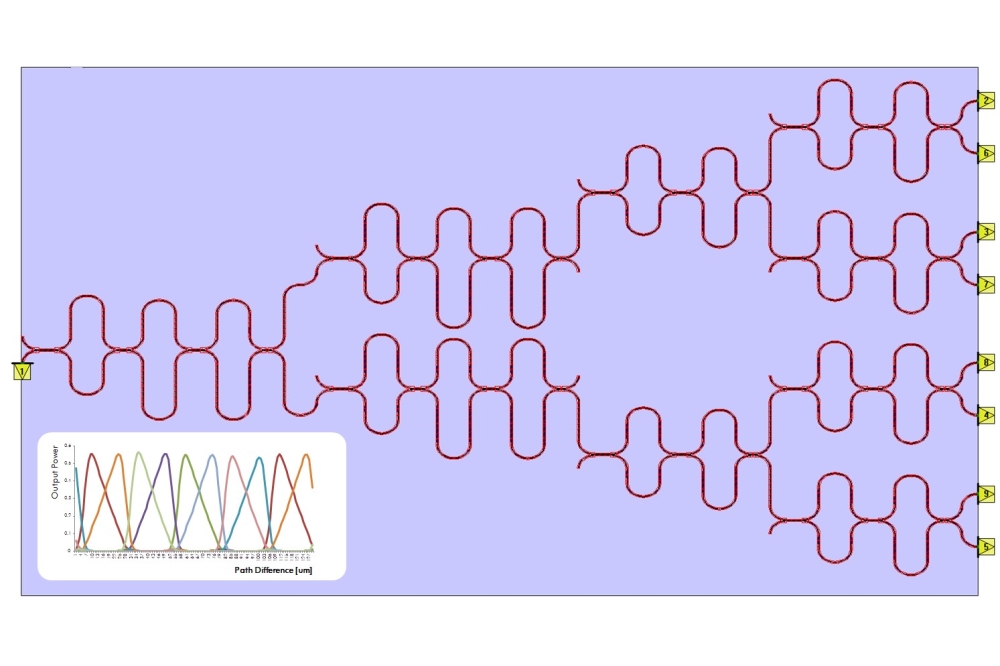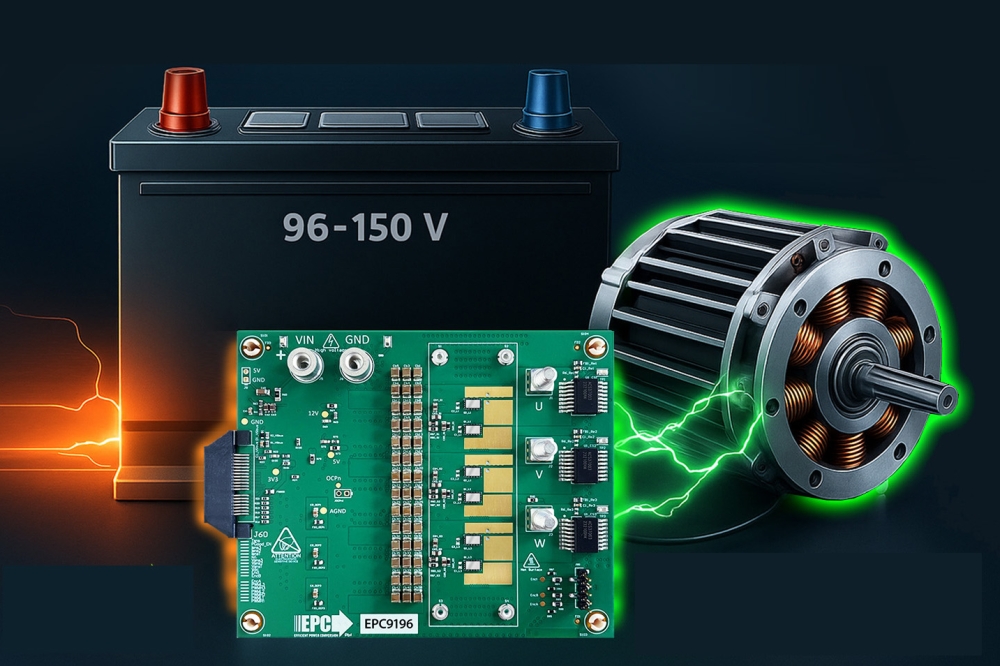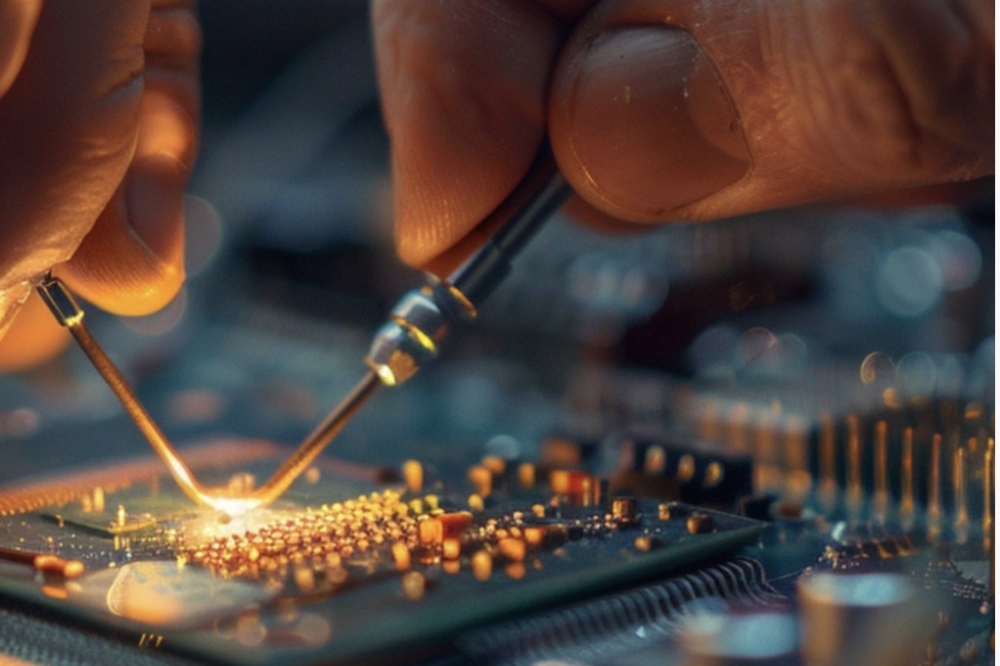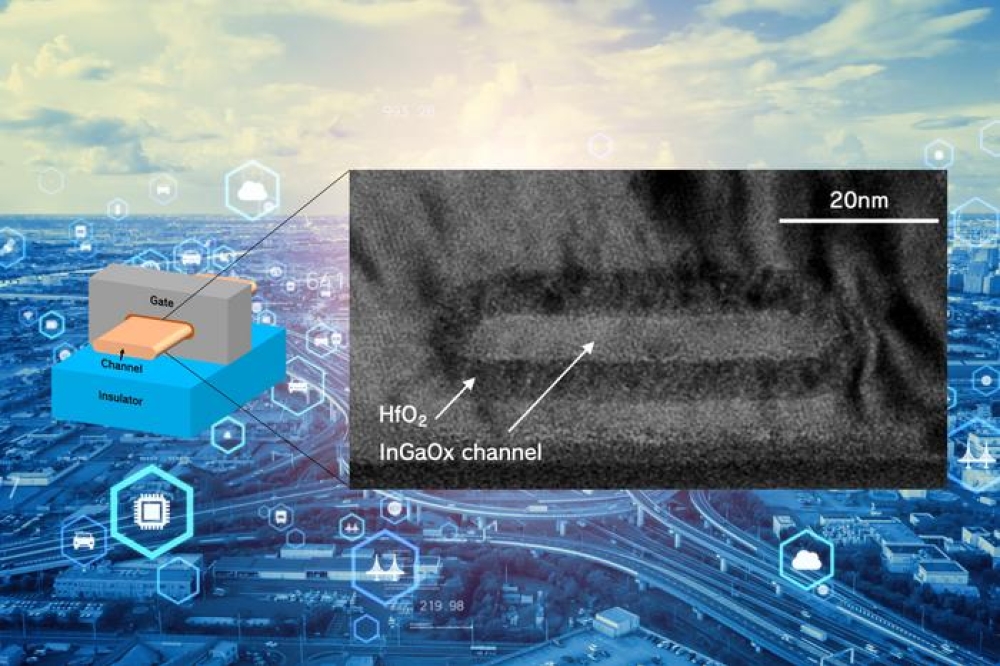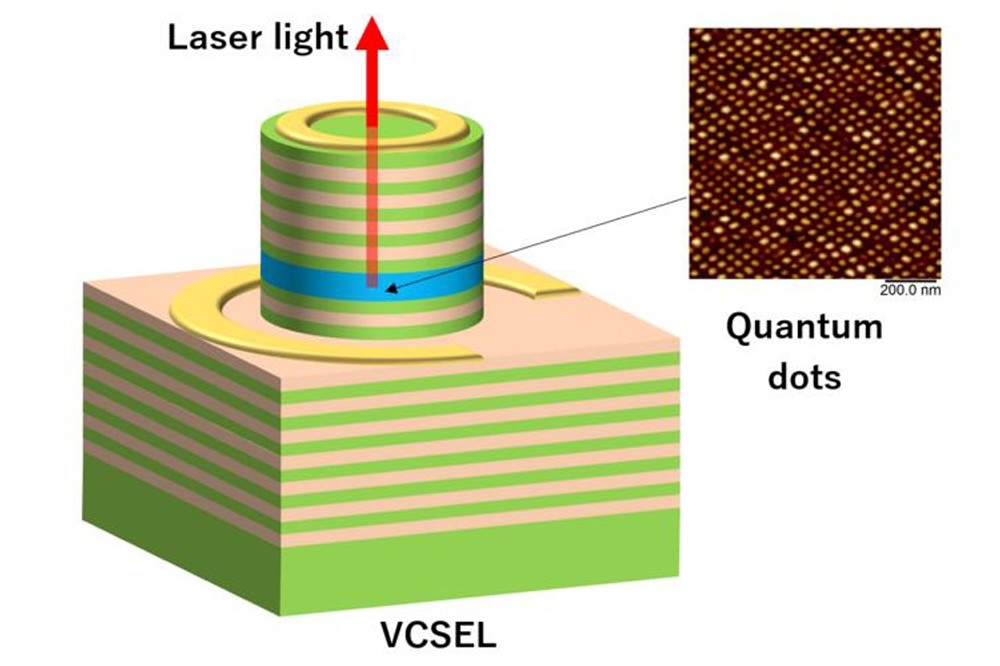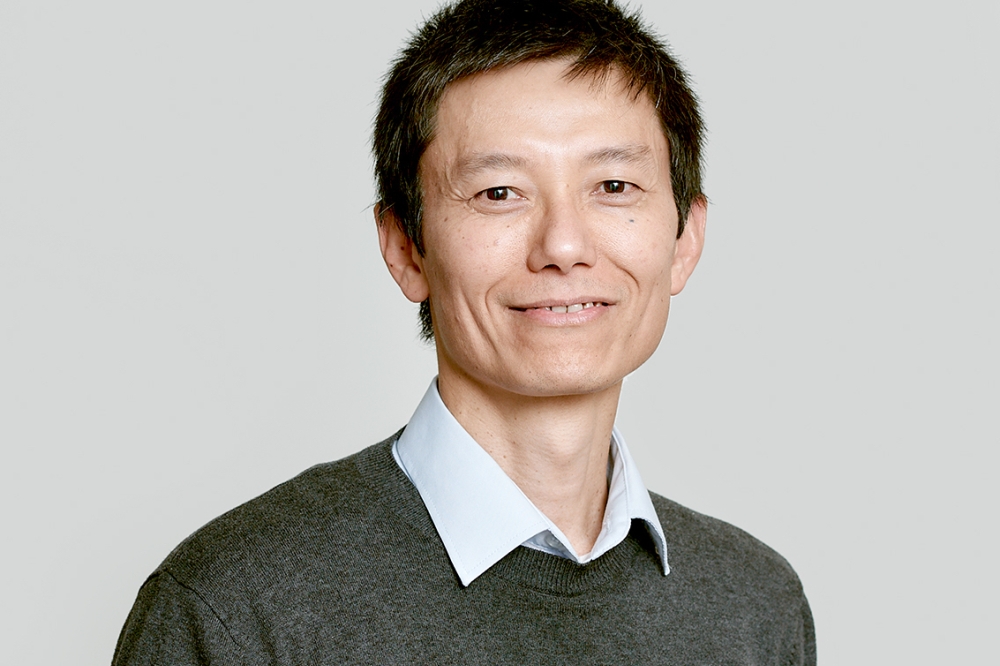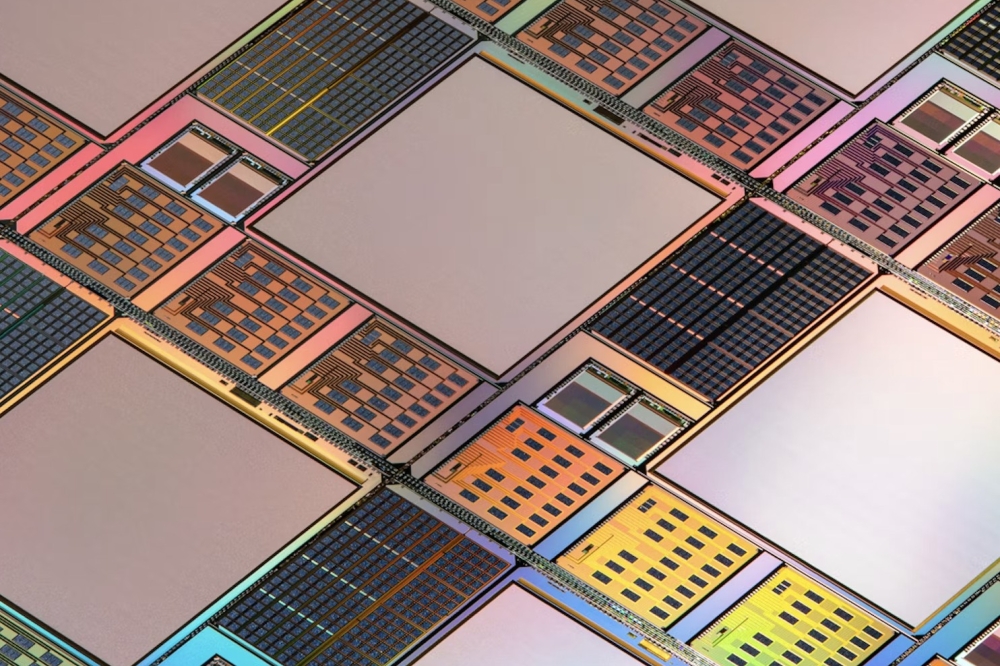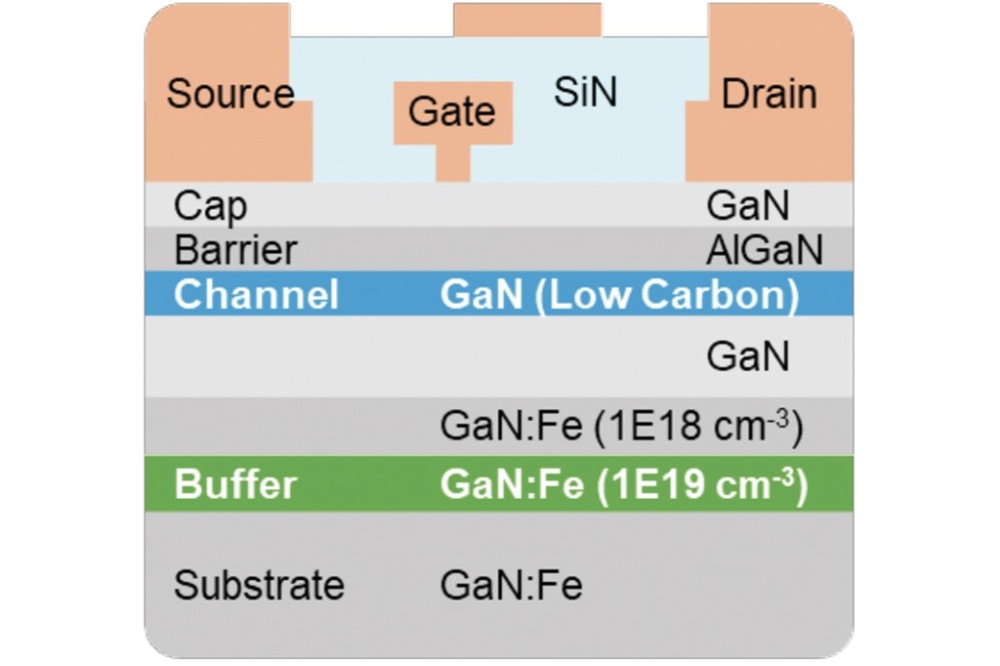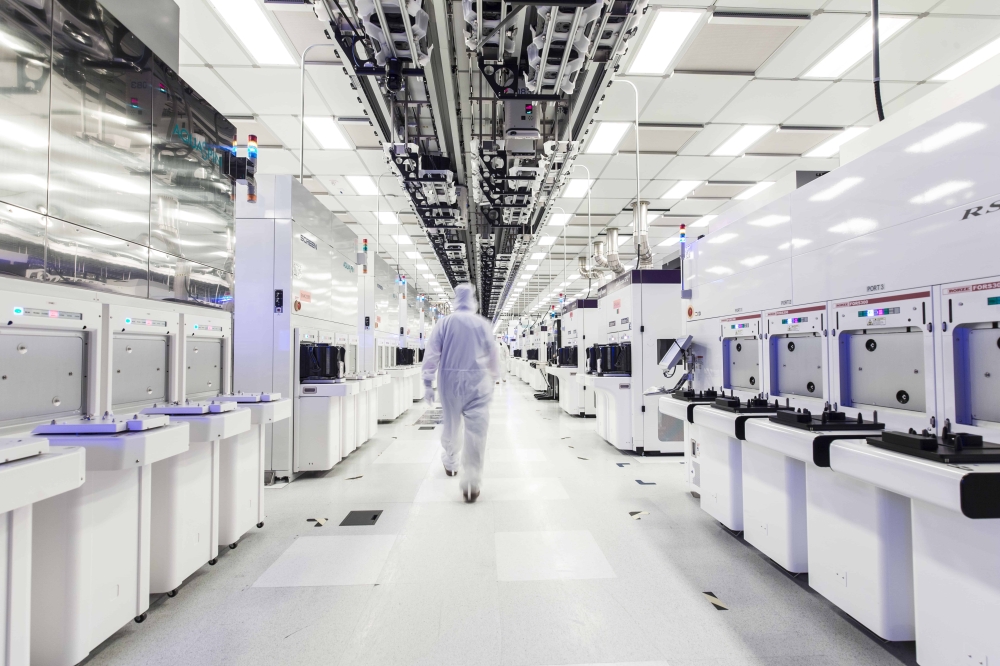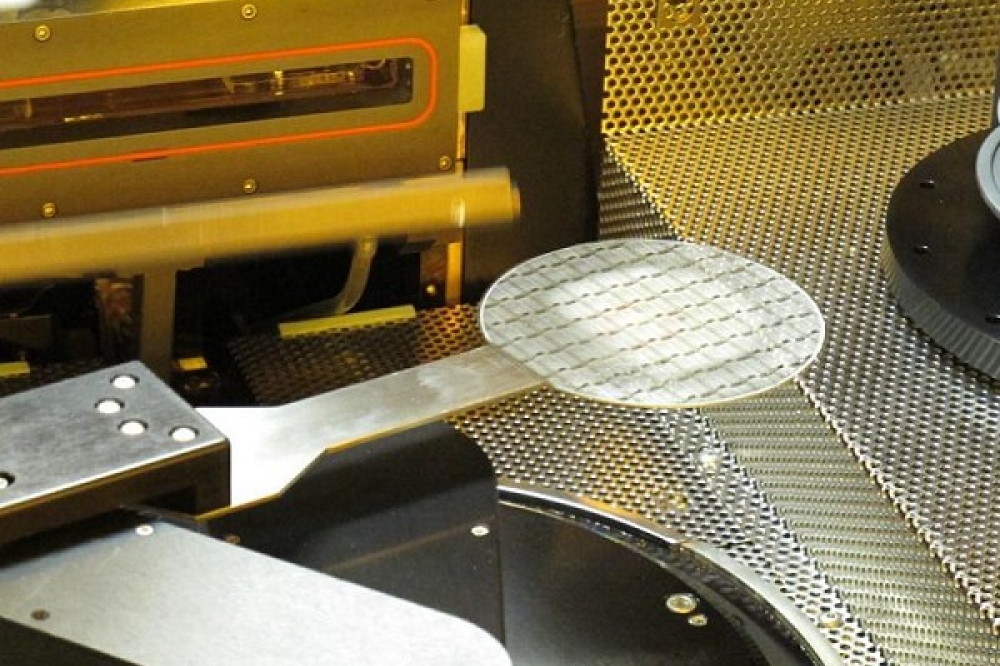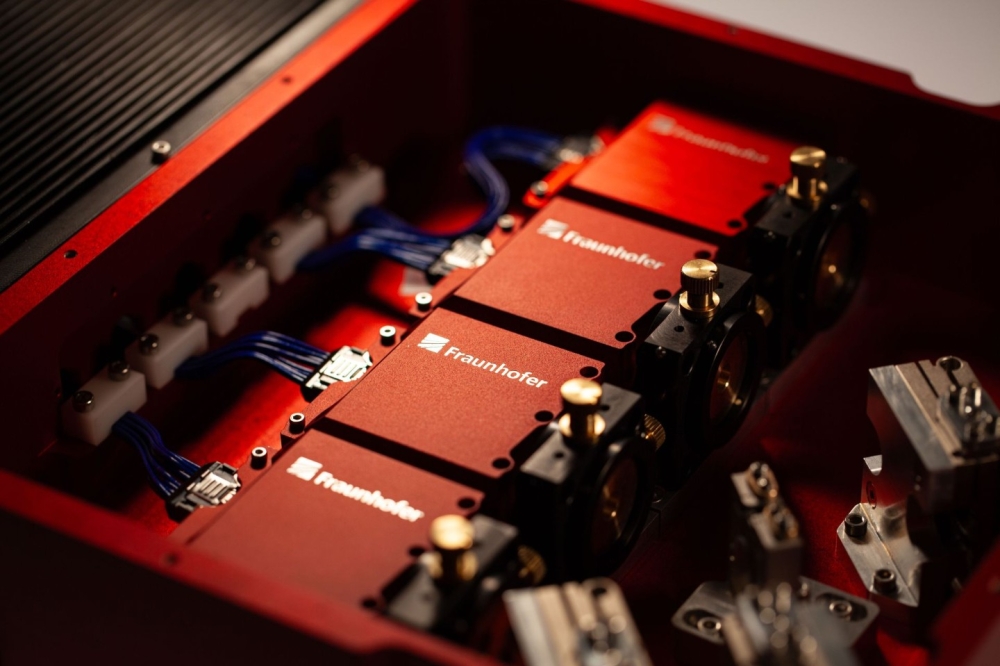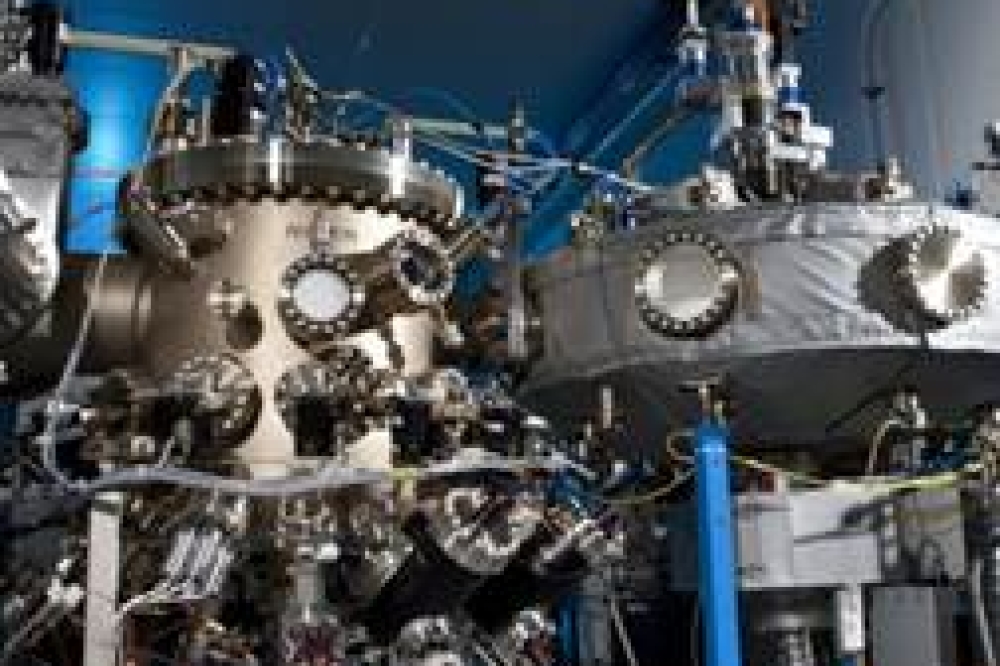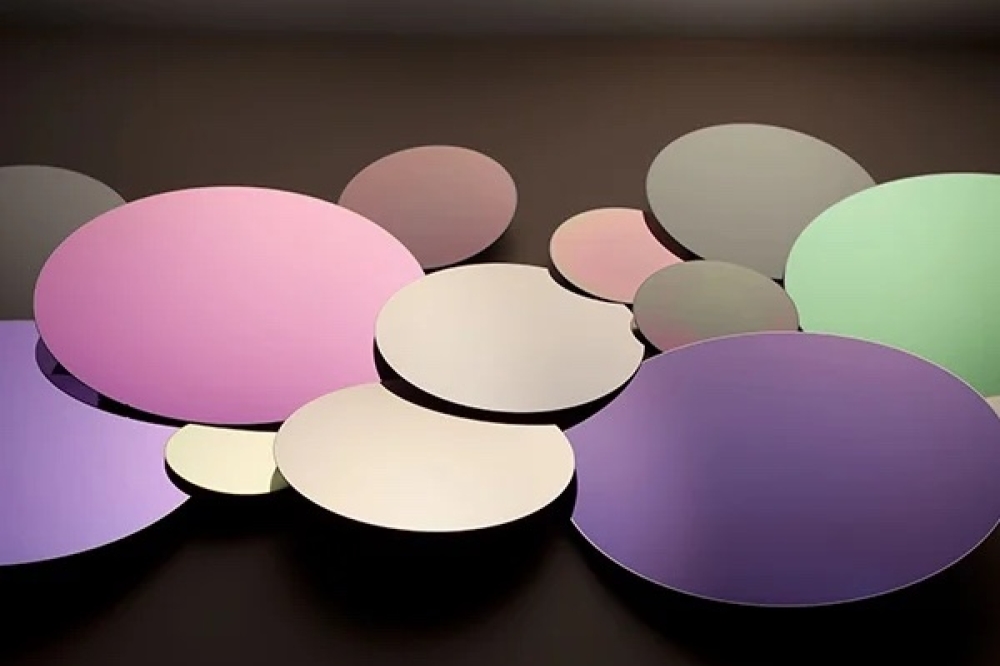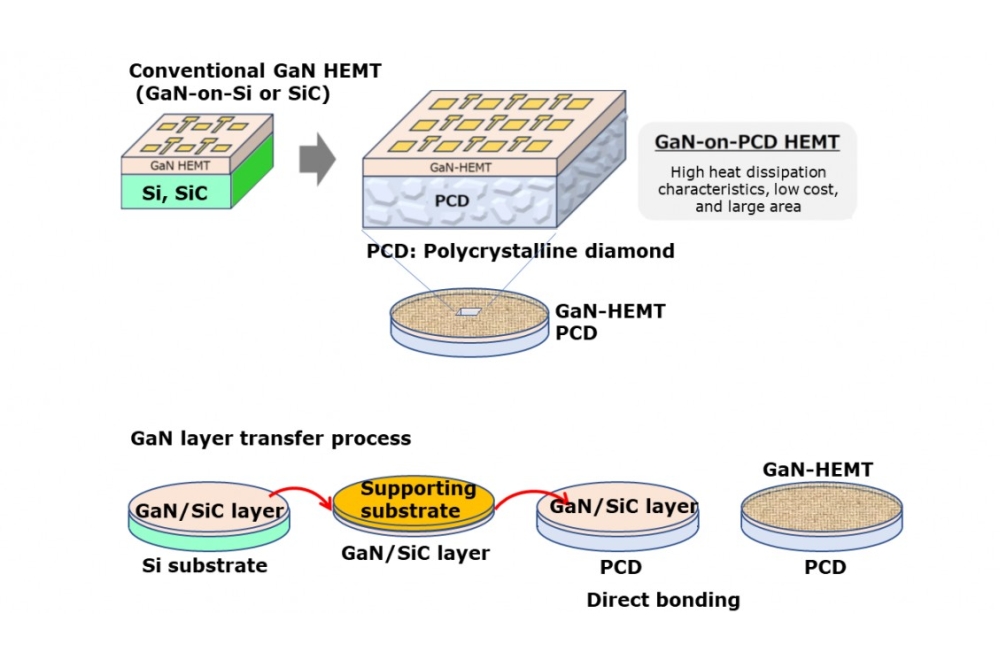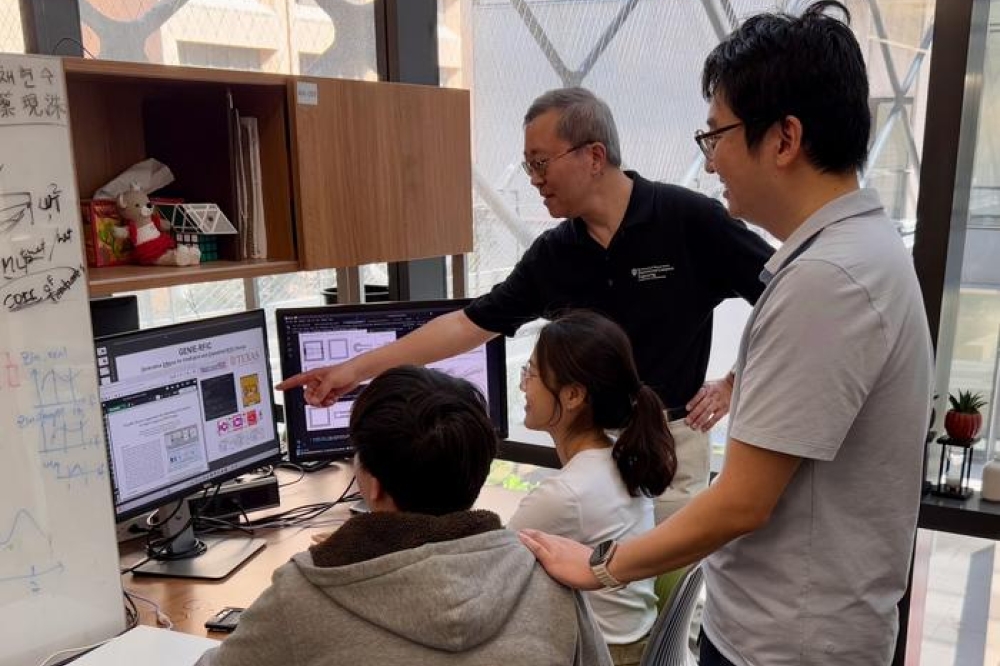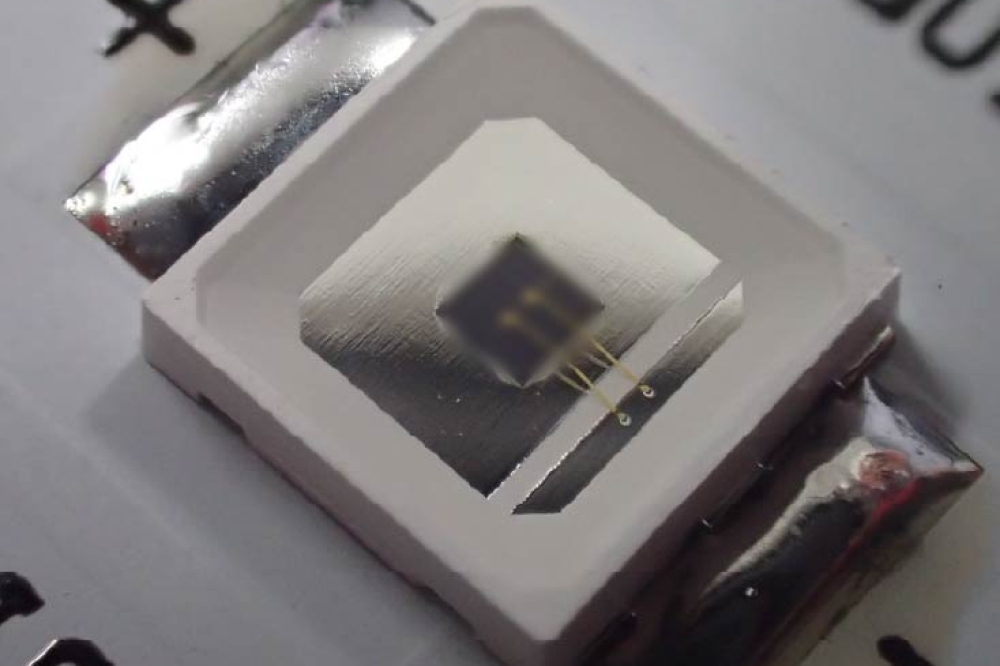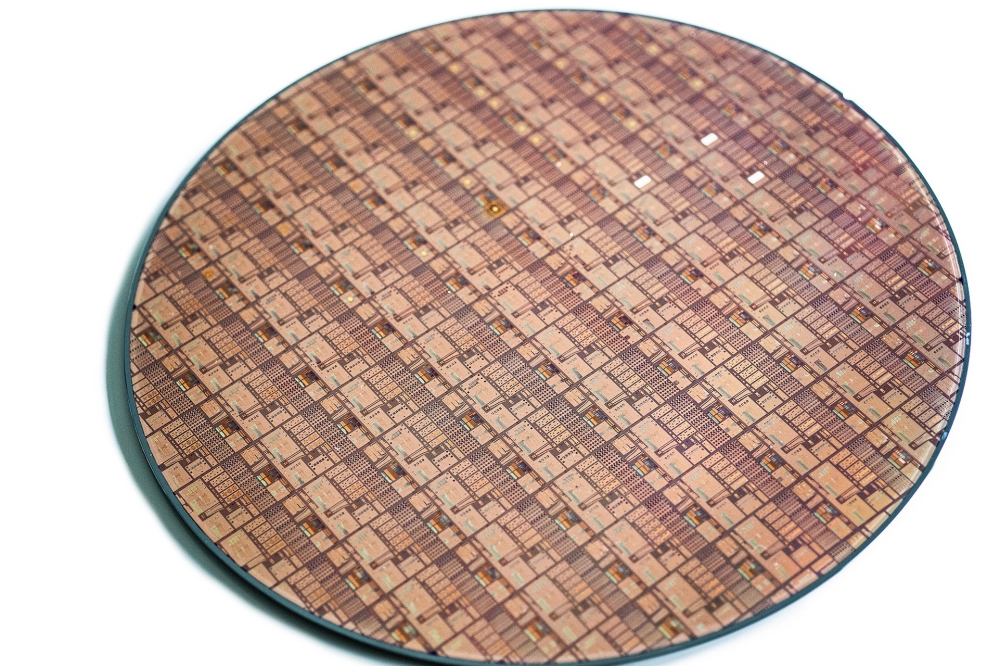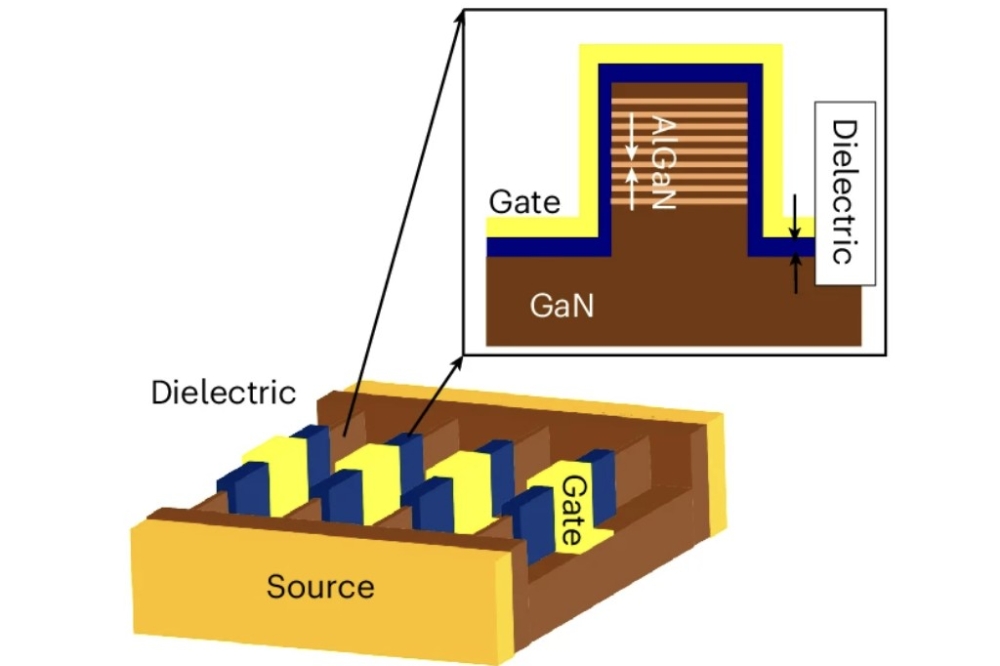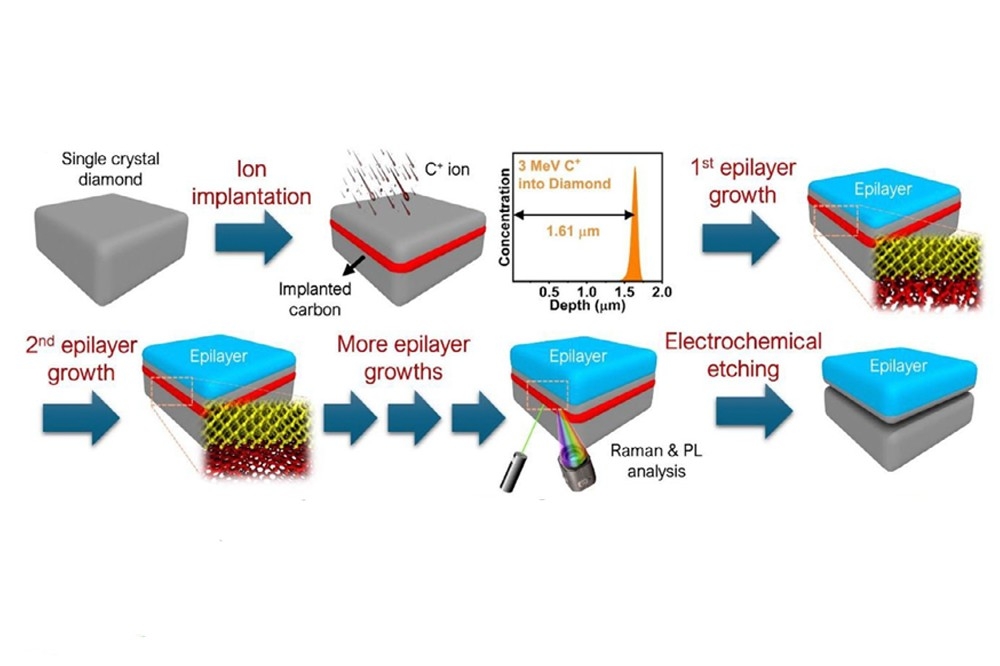Archer and EPFL advance quantum tech with SiGe chip
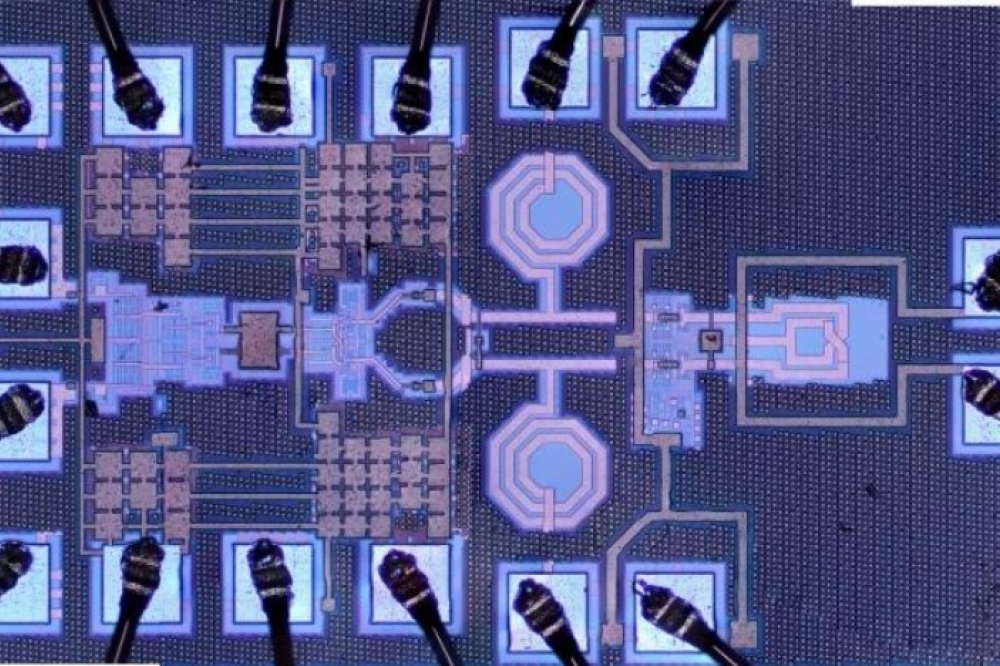
Electron spin resonance chip is another step towards developing qubit devices
Australian semiconductor company Archer Materials has advanced its quantum chip project by building an integrated pulsed electron spin resonance (p-ESR) microsystem on a chip to detect and analyse materials for important signs of quantum electron spin manipulation at a very small scale.
The 0.7mm2 chip is manufactured using 130 nm SiGe BiCMOS technology. The chip stands in contrast to traditional ESR instrument systems that often entail bulky and complex setups that require significant space and resources.
Developed with university and research partner École Polytechnique Fédérale de Lausanne (EPFL) in Switzerland, the p-ESR chip helps move Archer towards developing qubit (quantum bits of information) devices. Achieving qubit control and readout is required for quantum computing.
For now, Archer and EPFL intend to use the p-ESR to perform complex measurements involving the potential electron spin manipulation of Archer’s carbon-based 12CQ quantum materials. From this, Archer will be able to explore opportunities in developing quantum sensors, advanced spectrometers, and analytical devices, opening new capability pathways on the road to building its 12CQ quantum chip.
Mohammad Choucair, CEO of Archer, said: “To get quantum computing to work, you normally need to deep freeze the qubits to close to zero Kelvin for them to function. “At Archer, we’ve been able to achieve quantum coherence, a precursor to qubit functionality, at room temperature in air and have recorded unprecedented quantum coherence times for the unique 12CQ chip material. Quantum coherence time is the time-window for processing electron spin information in solid-state quantum electronic devices.”

